Check out the articles highlighted on the covers of the latest issue of Advanced Optical Materials.
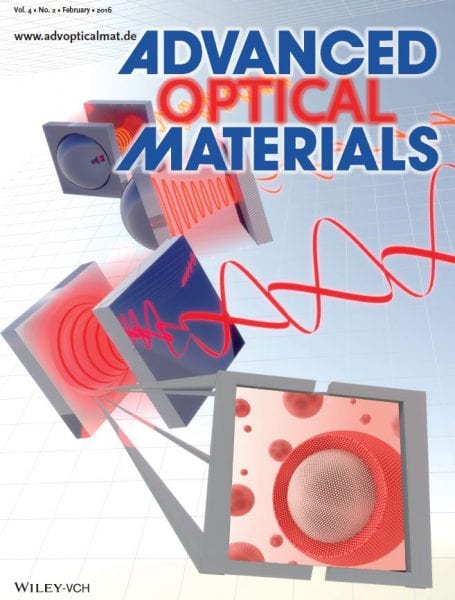

Check out the articles highlighted on the covers of the latest issue of Advanced Optical Materials.
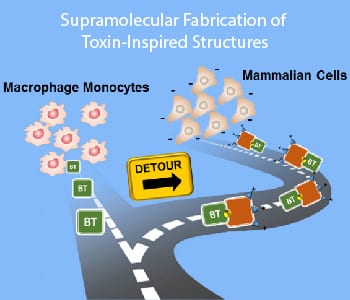
Researchers have devised a bottom-up approach to fabricate precisely arranged synthetic macromolecules and an enzymatically active toxin from Clostridium botulinum.
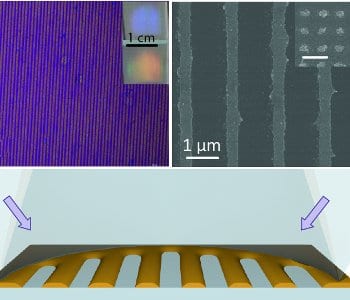
Researchers in Troyes, France have developed a cheap and efficient method of direct patterning ZnO films, using laser interferential lithography to selectively remove ZnO in well-controlled patterns, without the use of a photoresist.
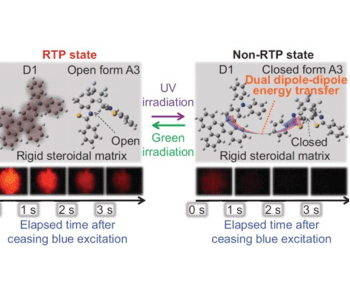
A host–guest–guest material demonstrates the photoreversible on–off recording of persistent room-temperature phosphorescence from the phosphorescent guest.
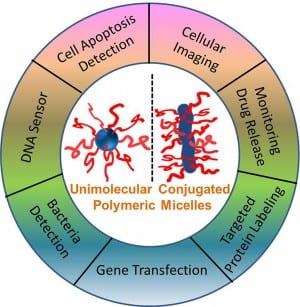
Fluorescent materials have drawn much attention as probes for imaging, diagnosis, and therapy in biological science.
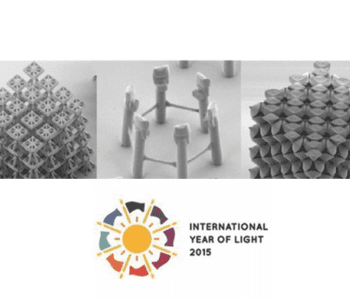
Three-dimensional μ-printing is a mature technology, enabling novel research fields in various disciplines based on three-dimensional microstructure.

Michael Bojdys introduces a new class of two-dimensional polymeric materials for semiconductors.
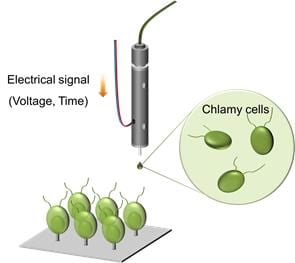
The direct insertion of nanowires into living algal cells using inkjet printing technology is demonstrated.
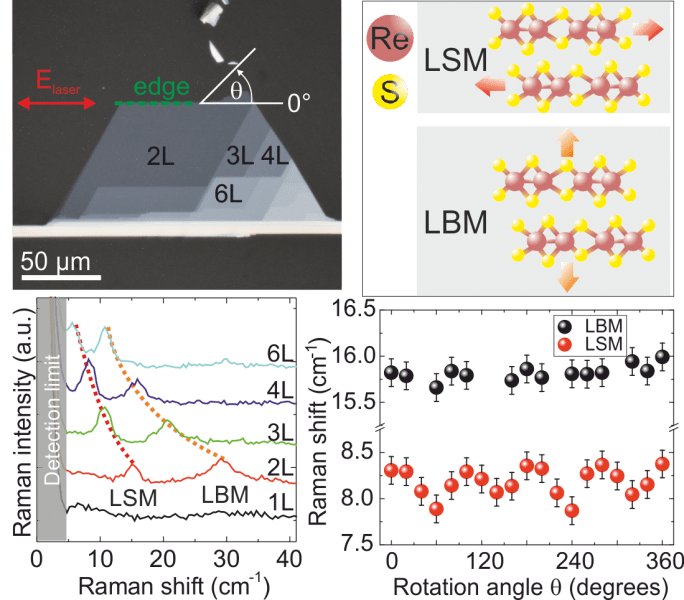
Atomically thin transition-metal-dichalcogenides (TMDCs) have recently attracted a lot of research interest. Like graphene, they can be prepared as two-dimensional crystals by exfoliation. Unlike graphene, they are semiconductors with large band gaps, which make them...
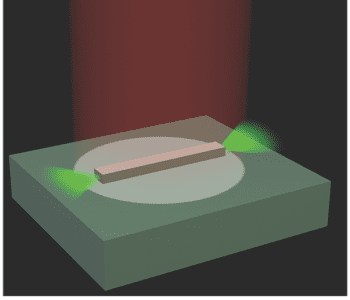
The month’s top articles from the field of nanooptics, optoelectronics, optical devices, detectors & sensors, micro/nano resonators and more.